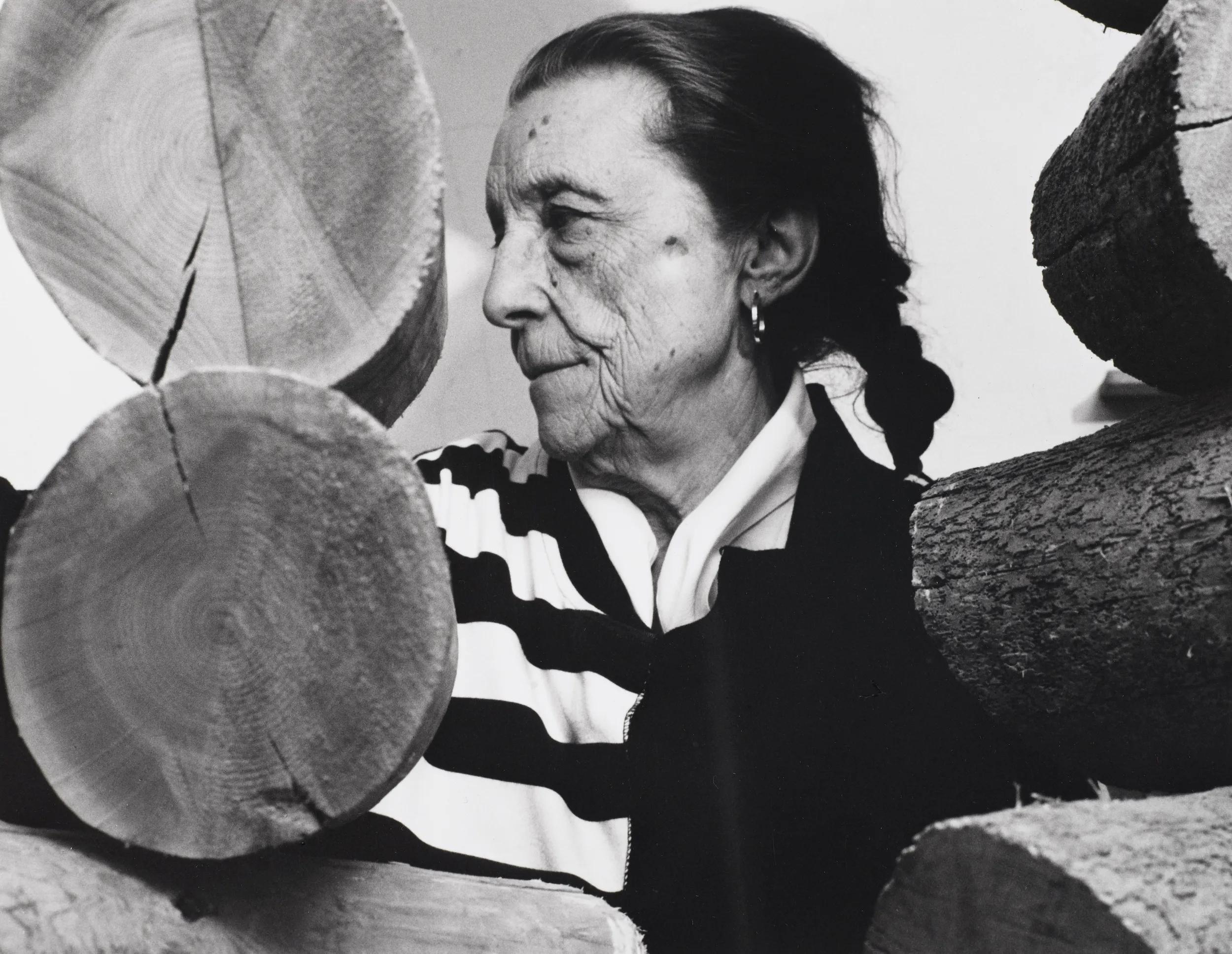
Photo: Arthur Mones. ‘Louise Bourgeois, 1988.’ Brooklyn Museum, 1997.162.11. © Estate of Arthur Mones.
Screening Room: US Premiere of ‘Louise Bourgeois: The Rage to Understand’
On the occasion of the opening weekend of the exhibition ‘Louise Bourgeois. Gathering Wool,’ at Hauser & Wirth 22nd Street, please join us for the US Premiere of Marie-Ève de Grave’s new documentary, ‘Louise Bourgeois: The Rage to Understand’ in our amphitheater at Hauser & Wirth 18th Street.
Throughout her life as an artist, Louise Bourgeois created with a volcanic intensity, rejecting all pretense and displaying her vulnerabilities in a way few artists had dared to do before her. 'The Rage to Understand’ recounts a life devoted to creation, through the artist’s own words and voice.
Excerpts from Bourgeois’s correspondence and previously unpublished writings from her journals are interwoven throughout the film, sketching the portrait of a profoundly divided woman, torn by exile, who constantly sought to impose a new vision of art—an art that reflects our inner questions, where emotion, fragility and anxiety become sources of strength.
LOUISE BOURGEOIS: THE RAGE TO UNDERSTAND
Directed by Marie-Ève de Grave
52 min
This event is free; however, reservations are required.
Click here to register.
Book Launch:
Directly following the screening, we will host a book launch for Hauser & Wirth Publishers’ newly reissued ‘Louise Bourgeois: The Insomnia Drawings’ as well as the new English translation of Marie Laure Bernadac’s biography, ‘Knife-Woman: The Life of Louise Bourgeois,’ from Yale University Press.
For more information about the book launch, and to reserve your spot, click here.
About Louise Bourgeois
Born in France in 1911 and working in America from 1938 until her death in 2010, Louise Bourgeois is recognized as one of the most important and influential artists of our time. For over seven decades, Bourgeois’s creative process was fueled by an introspective reality, often rooted in cathartic re-visitations of early childhood trauma and frank examinations of female sexuality. Articulated by recurrent motifs (including body parts, houses and spiders), personal symbolism and psychological release, the conceptual and stylistic complexity of Bourgeois’s oeuvre—employing a variety of genres, media and materials—plays upon the powers of association, memory, fantasy, and fear.
About Louise Bourgeois. Gathering Wool
Over the course of her seven-decade career, Louise Bourgeois never privileged figuration over abstraction, any more than she favored one material over another, and yet her relationship to abstraction has been less well defined and understood, less easily situated within the main currents of postwar art.
‘Gathering Wool’ explores the artist‘s complex relationship to abstraction through a series of late sculptures, reliefs and works on paper, many of which have never been exhibited before. These will be installed alongside a selection of earlier works to illuminate the consistency of Bourgeois’s themes and her development of a symbolic abstract language.
The exhibition takes its title from an enigmatic work Bourgeois created in 1990. Gathering wool is an expression signifying rumination, daydreaming, letting the mind wander—a break from conscious, purposive thinking. This was the mental state in which Bourgeois worked as she experimented with forms and processes in her studio. She trusted the process by which these thought traces, fragments of dreams, idle speculations, hunches, fancies and intuitions coalesced into a form, but it remained mysterious even to her.
About Marie-Ève De Grave
After studying architecture and scenography, Marie-Ève De Grave graduated from INSAS (Image Department) in 1993. Based in France since 1994, she has worked as a screenwriter and directed several short films. 'Belle de nuit' (2016) was her first documentary. She went on to direct 'Dora Maar, entre ombre et lumière' (2019), 'Code Haneke' (2021) and 'Louise Bourgeois, la sculpture et la colère' (2025).
Forthcoming Events: New York
1 / 4


